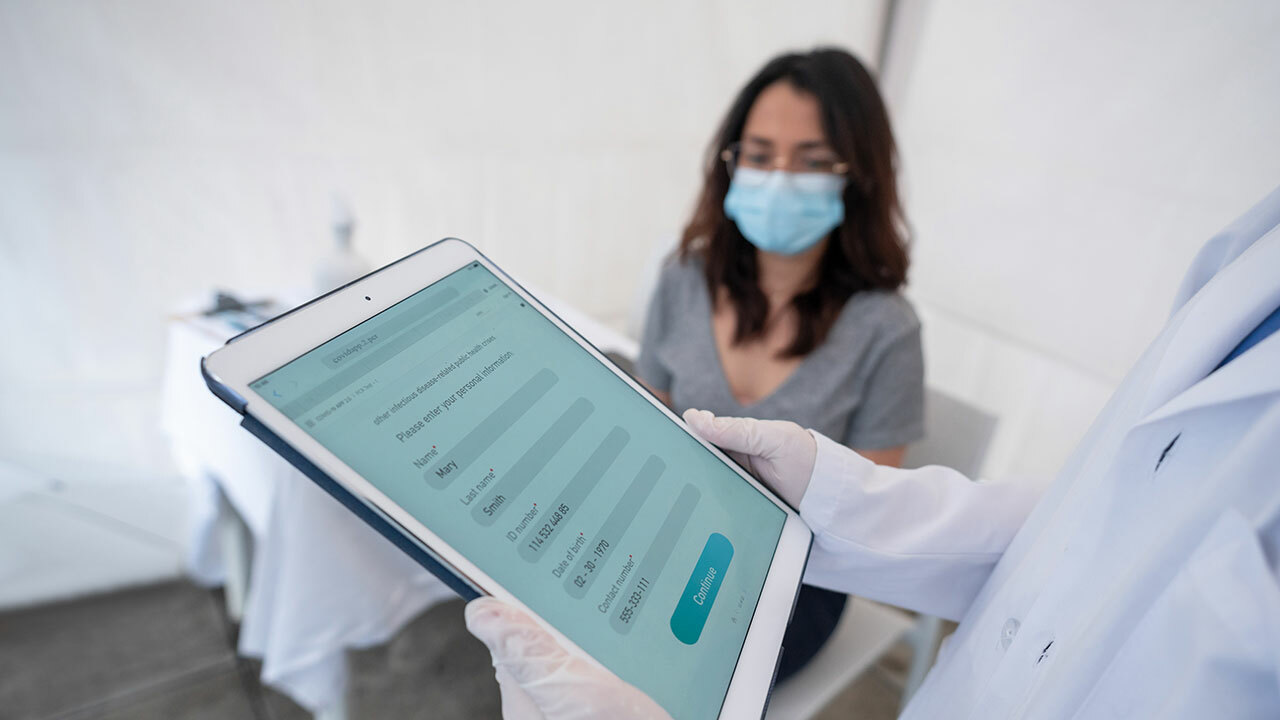A longtime leader in healthcare improvement, we’re developing new ways to revolutionize the industry.

Back to the Basics: Reducing Patient Length-of-Stay
Far too often, healthcare organizations focus on just one primary discipline to tackle patient length-of-stay (LOS), such as better engaging nurse administrators and care managers. While these are important areas to improve upon and address change, the reality is that sustainable reductions in LOS are the result of optimal patient-centered care.
Patient-centered care requires aligning and engaging all the caregivers and resources that touch a patient. Therefore, multiple efforts need to be implemented, in concert, in order to create lasting change, improve quality and safely reduce LOS rates.
Let’s go through some of the basics and things to remember.
Care Management
Perhaps the most important aspect of effective patient-centered care is having a strong care management program where providers, administrators, pharmacists and other staff are working together as efficiently as possible. This approach promotes whole-person, patient-centered care while streamlining and coordinating care to avoid unnecessary days in the hospital.
An effective care management program appoints care managers to ensure there are no delays in achieving the care plan goals or milestones. Patient progression delays can add hours and/or days to the LOS, affecting outcomes overall. Therefore, clinicians should focus on determining a patient’s diagnosis as soon as possible so the care team has a target LOS timeline.
For example, certain patient populations, such as orthopedic and cardiovascular surgery patients, generally meet inpatient LOS targets. This is due to a well-planned care management program, which includes patient progression goals and activities for each day of stay. These service lines often ensure to identify an expected discharge date based on the procedure type or which Diagnosis Related Group (DRG) was assigned to the patient. Knowing the expected date assists the care team in planning the progression of care. Once the expected discharge date is identified, discharge planning should begin immediately in collaboration with the patient, family, nurses and care managers.
Methods for a successful care management program that reduces LOS include:
- Evaluating every patient for post-acute care needs within 24 hours of admission
- Closely following patients who are at risk for readmission or have a high-risk score
- Starting discharge planning within 24 hours of admission
- Working collaboratively with the patient, family and the nursing care team to ensure the patient is engaged in their care plan
- Updating patients daily on their discharge plan, including progress towards the target LOS date
Nutrition and Mobility
Sometimes simple activities can be overlooked, such as mobility and nutrition. Remember that these are essential components of patient-centered care.
Disease-related malnutrition is a major healthcare problem and results in a reduced ability to prevent, fight and recover from disease. Malnutrition is associated with postoperative complications, increased LOS and even death. Pay particular attention to older patients – 40 percent of older patients are malnourished when they enter the hospital and 60 percent deteriorate further while hospitalized. Because healing requires calories, keep an eye on patient food and fluid intakes and, if concerned, request nutritional assessments.
Communicate mobility and activity recommendations frequently with nurses, care managers and the patient. The importance of early and ongoing daily mobility should be strongly encouraged with nurses and patients. Setting these goals helps to ensure that the patient is on track to meet their expected discharge date.
For example, suggest that patients eat all meals out of bed and set a goal for the number of times a patient should be up and walking about. Additionally, document patient progress after each physical therapy visit rather than “batch charting” in the afternoon. Nurses should also adjust their work schedules to the needs of the patient. For instance, if a patient needs one more treatment before discharge, prioritize them so they can be discharged on time.
A Few Housekeeping Items
If able, prioritize potential discharge patients for lab and imaging, and obtain and post results as soon as possible. Consider sending smaller batches of specimens to the lab so they can be processed sooner. Communicate verbally when results are available so that pending discharge decisions can be made quickly.
Additionally, track potential discharges and pair up on high-volume discharge units for faster room turnover. In doing so, providers can optimize bed placement to get the right patient in the right bed at the right time.
And finally, communication across all disciplines is imperative. Documentation needs to be timely, but communication should be face-to-face whenever possible to increase collaboration and satisfaction among those providing care.
LOS reduction initiatives require efficient patient care progression and operational efficiencies to move the patient through the system smoothly and in a timely manner. Managing LOS through the daily progression of care is the responsibility of every discipline and provider. The focus must be on the patient every day to achieve the expected discharge date.
Learn more about how your organization can optimize care delivery.

